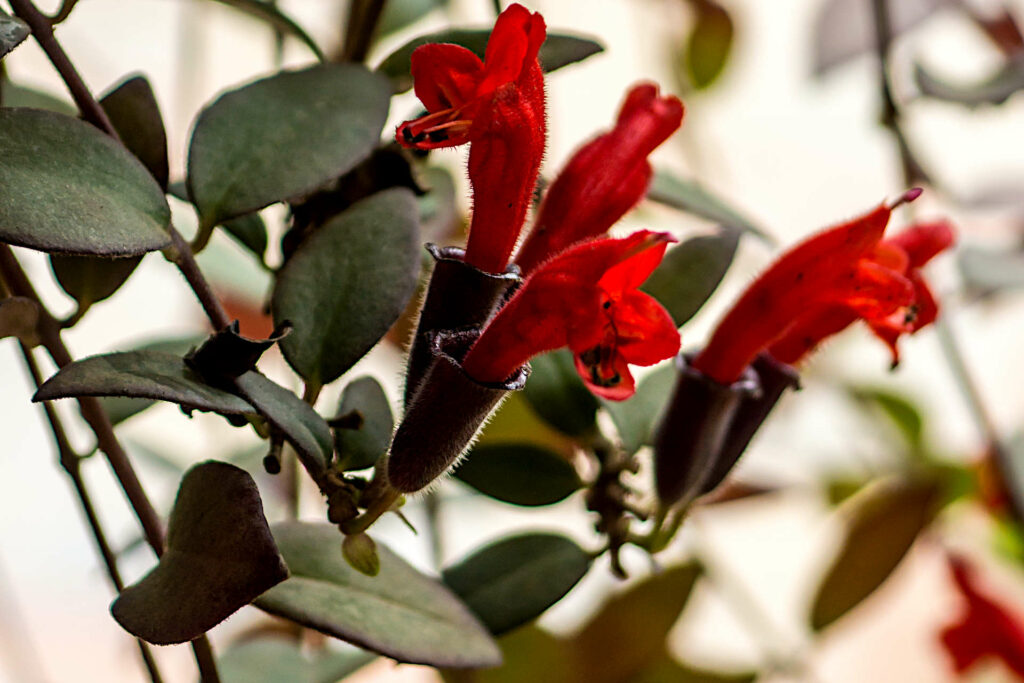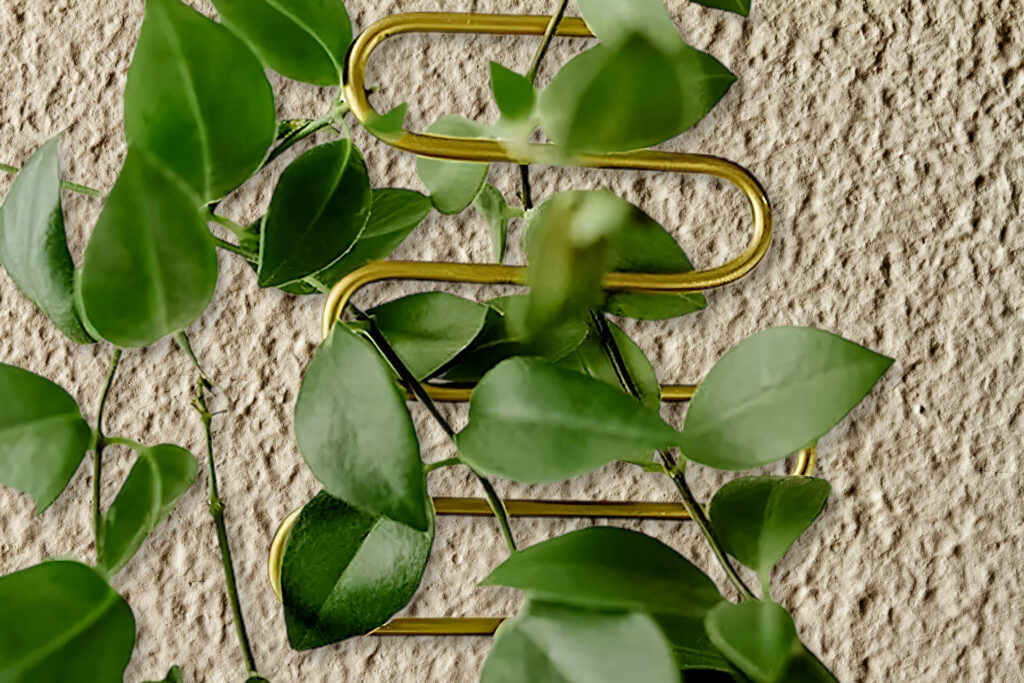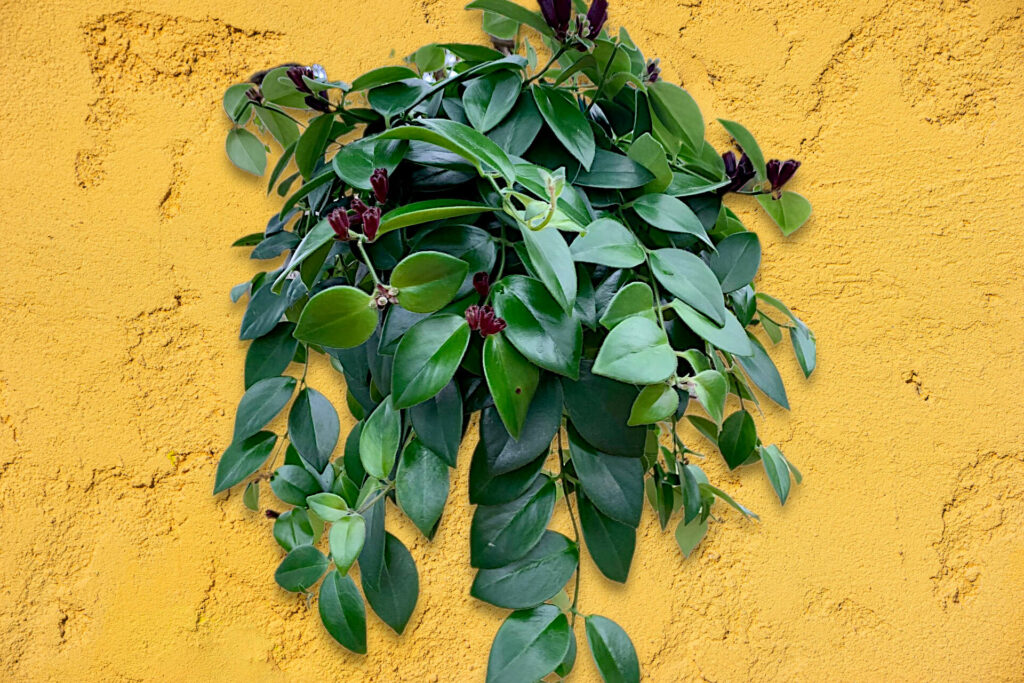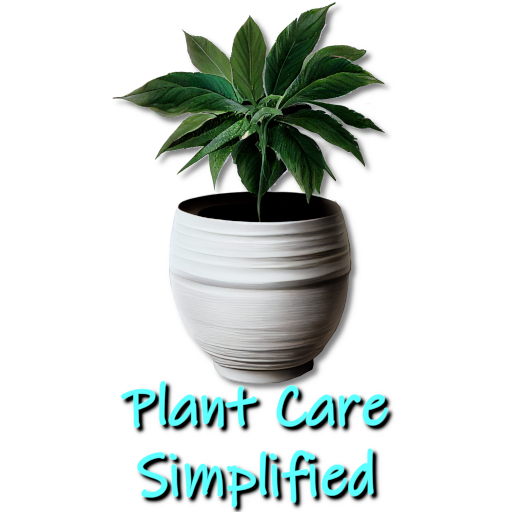Training Lipstick Plants to Climb
Kim is passionate about helping people create beautiful, healthy indoor spaces that are filled with plants. Kim believes that plants make us happier, healthier human...
With their trailing vines of colorful tubular blooms, lipstick plants (Aeschynanthus) have become popular houseplants typically displayed in hanging baskets or containers. Allowing the plant's vines to cascade freely shows off the exotic beauty of these tropical epiphytes. However, lipstick plants can also be trained to grow vertically on supports, opening up creative new possibilities.
To train a climbing plant like a Lipstick plant to climb, you’ll need to provide it with some support. Below we will look at how best to create a supporting structure for the vines to climb and get it to achieve the look you want.
Benefits of Training Lipstick Plants to Climb

Native to tropical parts of Asia, there are now hundreds of lipstick plant hybrids available to indoor gardeners. Their signature flowers emerge in shades of red, orange, yellow, or pink, depending on the Lipstick plant variety. Emerging along gracefully arching vines, these blooms offer long-lasting color. Lipstick plants naturally exhibit a spreading, vining growth habit as they climb through rainforest canopies.
While dangling vines have appeal, training lipstick plants to climb vertical supports has several advantages:
- Makes use of upright space to create a living wall or vertical garden
- Displays the colorful blooms and foliage more prominently
- Provides a tidy, controlled look in a compact area
- It's satisfying to watch vines gradually cover and engulf supports
With the right approach, lipstick plant vines can be guided to grow upwards using techniques this article will explore. Discover how to transform these classically trailing plants into stunning vertical features.
Support and Training Methods
With their naturally spreading growth habit, lipstick plants thrive in hanging baskets where their vines can freely cascade downward. However, for those who want to make use of vertical space or create a living wall effect, lipstick plants can also be trained to climb upwards on supports. When choosing structures to support and direct the growth of lipstick plant vines, it helps to understand the pros and cons of different options.
Using Trellises and Lattices
A classic choice for training vining houseplants is a trellis or open lattice panel. Trellises made of natural or painted wood can have an attractive, decorative look that complements potted lipstick plants. Lattice comes in versatile plastic, metal, or bamboo options that can be cut to size.
Positioning a trellis or lattice inside the pot lifts vines up from the center while allowing trailing stems to spill over the container edges. This provides a climbing structure right in the pot and visually obscures the soil and pot itself for a pleasing, natural effect. The open spaces in trellises and lattice make it easy to weave and train the flexible stems of lipstick plants upwards. And panels can be shifted or angled as needed to best display the epiphytic vines.
Training Up Bamboo Stakes
For a simple and inexpensive training method, bamboo stakes inserted directly into the potting mix work well. Stakes should be sized based on the height of the support needed. While not as decorative as trellises, bamboo blends into the environment of these tropical, humidity-loving plants.
Install stakes early on when vines are still pliable and easy to train. Use plant-safe ties or even strips of old nylon stockings to gently secure stems to the stakes as they grow. One potential downside is that slender bamboo stakes can be difficult to fully cover compared to more substantial supports. But the stakes fulfill their purpose of supporting and directing lipstick plant vines upwards.
Attaching Vines to Moisture Poles
Purpose-made moisture poles or totems provide a ready-made climbing structure and reservoir of humidity that lipstick plants thrive in. Styles range from natural wood totem poles to slender bamboo stakes encased in moss and coco coir. The poles release moisture into the environment from the water held in the substrate.
This helps ensure adequate hydration for the aerial roots and shallow root systems of trailing epiphytes like lipstick plants. As vines grow, they can be loosely affixed to the pole with ties or allowed to cling naturally. A potential limitation is that moisture poles must fit inside the pot, so they work best for smaller plants. But for the right epiphytic specimens, the poles offer an easy training method.
With minimal effort, suitable supports can direct the growth of lipstick plant vines upwards to achieve a range of vertical displays. While trellises, bamboo stakes, and moisture poles take different approaches, each creates a structure to guide the trailing nature of these popular houseplants.
Best Training Practices to Help a Lipstick Plant Climb
Once suitable supports are in place to direct the growth of lipstick plant vines upwards, there are some best practices to follow for successful training. From debates around staking and pruning to tips for care, this chapter covers key considerations when working with these trailing epiphytic plants.
Staking Debate: Tie Stems or Weave Through Supports?
There are two schools of thought on affixing the flexible stems of lipstick plants to vertical supports. Some gardeners advocate gently tying each vine to provide maximum control over shaping the plant. Others argue that weaving and looping stem through trellises or lattice is more natural and less restricting on growth.
Too much tying with narrow plant ties or over-taut bindings risks damaging tender lipstick plant vines over time. But leaving stems fully loose means less ability to deliberately guide direction. There are merits to finding a middle ground between some strategic tying combined with weaving vines through open supports.
Pruning Considerations
Like training any vining or climbing plant, pruning is an important tool for shaping lipstick plants. But there is debate around the best pruning methods. Regularly pinching off stem tips can promote bushier, compact growth, while selective stem removal focuses on vertical rise.
It's generally best to avoid over-pruning these plants valued for the display of colorful blooms. Any major pruning is easiest when plants are young, and stems are pliable. Overall, a balanced, minimal approach allows lipstick vines to fill out supports while maintaining their free-flowing habit.
Caring for Trained Lipstick Plant Vines
Directing energy and growth upwards instead of outward changes the care needs of lipstick plants. Trained vines may require more frequent fertilizing to support vertical rise and flower production. Water needs also increase since trailing plants tend to be shallow-rooted.
Additionally, monitoring for pests becomes critical as they can quickly spread through densely grown vines. Any ties or stakes should be periodically checked and loosened or adjusted to avoid constricting expanding growth. With slightly modified care, lipstick plants can thrive and showcase their colors on vertical supports.
By considering training techniques along with plant care, lipstick vines can be successfully directed upward. Following guiding principles allows the plants to climb while retaining their natural cascading beauty.
Achieving Aesthetic Goals

Beyond the practical considerations of training lipstick plant vines upwards, there is also an artistic element to styling these trailing epiphytes. The look of a trained lipstick plant depends largely on the gardener's aesthetic goals and personal preferences. This leads to debates around issues like vine shaping, symmetry, and support visibility.
Shaping Lipstick Plant Climbing Vines: Tightly Trained or Loosely Romantic?
There are two general approaches when it comes to training and pruning lipstick plant vines on vertical supports. For a very orderly, deliberate look, stems can be tightly trained and pruned to create a flat, tightly controlled green wall effect. This showcases the vines' ability to neatly cover a surface.
In contrast, gardeners seeking a more romantic, natural aesthetic often take a looser approach. Allowing lipstick plants to weave through supports with minimal pruning preserves trailing stems and creates a lovely, cascading profile. It ultimately comes down to personal taste - from formal to wild, there's no right or wrong style.
Design Styles: Symmetrical vs Asymmetrical
With their naturally uneven, spreading habit, lipstick plants don't inherently create symmetry when trained vertically. But supports can be positioned to encourage even, symmetrical growth on both sides for a bold, formal statement making your lipstick plant a design centerpiece.
For organic appeal, embracing the asymmetrical nature of the vines results in a casual look as they wander across supports. While challenging to achieve, striking a perfect balance between symmetry and asymmetry often provides pleasing results.
Support Options: Blend In or Stand Out?

Some gardeners prefer supports that fade into the background, keeping the focus on colorful lipstick vines popping against green foliage. Painting trellises or covering supports with moss blends them into the plant composition.
Letting supports like metal garden obelisks or rustic wood stands make a visual statement in contrast to the plants offering its own appeal. It often comes down to whether the goal is a cohesive, unified look or an aesthetic based on contrast.
With climbing plants, design is just as important as growth habits and care. Tailoring training strategies to specific aesthetic goals allows lipstick plant vines to shine.
Final Thoughts: Training Lipstick Plants to Climb
With their naturally trailing habit, lipstick plants have traditionally been displayed in hanging baskets and planters that allow vines to gracefully spill over the edges. But through strategic training techniques, these exotic indoor plants can also be guided to climb vertically on suitable supports. For those interested in making use of upright space or creating a living wall effect, training lipstick plant vines opens up creative possibilities.
There are several approaches when it comes to selecting structures that can support and direct lipstick plant growth upwards. Classic trellises or open lattice panels integrated into planters provide an attractive climbing framework. Simple bamboo stakes offer an inexpensive training option. Purpose-made moisture poles also supply needed humidity for shallow lipstick plant roots. Each support has advantages to consider.
Along with choosing suitable supports, following best practices for training, staking, pruning, and care helps ensure success. There are debates around tying versus weaving vines and how heavily to prune back growth. Providing trained vines with adequate water, fertilizer, and pest monitoring enables plants to thrive on vertical displays.
Achieving the desired aesthetic look is also an important consideration. Options range from tightly controlling vines for a formal, symmetrical green wall to embracing a looser, cascading romantic style. Supports can blend into the composition or stand out for contrast. There are many creative choices when displaying trained lipstick plants.
For those ready to think beyond cascading hanging baskets, guiding lipstick vines upwards opens new dimensions. With some patience and the right approach, lipstick plants can be transformed into beautiful living art.
Commonly Asked Questions
What are some good supports to use for training lipstick plants upwards?
Some good support options include classic wooden or metal trellises, lattice panels, bamboo stakes, and purpose-made moisture/totem poles. Consider factors like the size of the plant, cost, aesthetics, and functionality.
Should I prune my lipstick plants when training them to climb?
Strategic pruning helps shape lipstick plants and promote upward growth when training vertically. But avoid over-pruning - just pinch off wayward stems or do minimal selective removal to maintain fullness and flowers.
How can I get lipstick plant vines to attach to supports?
Use soft plant ties or pieces of old pantyhose to gently secure trailing stems against supports as they grow. You can also carefully weave, and loop stems through trellises or lattices to encourage attachment and climbing.
Do trained lipstick plants need more water and fertilizer?
Yes, trained vines directing energy upwards often need more frequent water and fertilizer to support growth and flowering. Their shallow roots also dry out faster in vertical setups.
Should I match my supports to the color of my lipstick plants?
You can paint or cover supports in moss to blend with foliage for a cohesive look. Or let unique supports stand out for visual interest - it's an aesthetic choice.
How can I get full support coverage with lipstick plant vines?
Allow plants to develop a dense base first before introducing climbing supports. Tying vines to fill bare spots and regularly pinching stem tips helps promote bushy, upright growth for fuller coverage.
Is it better to train lipstick vines symmetrically or asymmetrically?
Symmetry looks bold and tailored but can appear formal. Embracing asymmetry has an organic, free-flowing appeal. There's no right answer - choose the look that best fits your vision!
What problems should I watch for with trained lipstick plants?
Monitor for pests like aphids that can quickly spread. Also, watch for constricting ties and drying out. Trailing plants in vertical setups need a bit more care.
How do I encourage more lipstick plant flowers?
To help encourage your Lipstick plant to bloom, provide bright, indirect light, maintain warm temps between 65-85°F, fertilize regularly, and allow vines to trail freely. Avoid over-pruning so stems can bloom.
Kim is passionate about helping people create beautiful, healthy indoor spaces that are filled with plants. Kim believes that plants make us happier, healthier human beings, and she loves sharing her knowledge with others so they can experience the joys of plant care for themselves. <a href="https://plantcaresimplified.com/kim-marson/">Read more</a>
More Posts